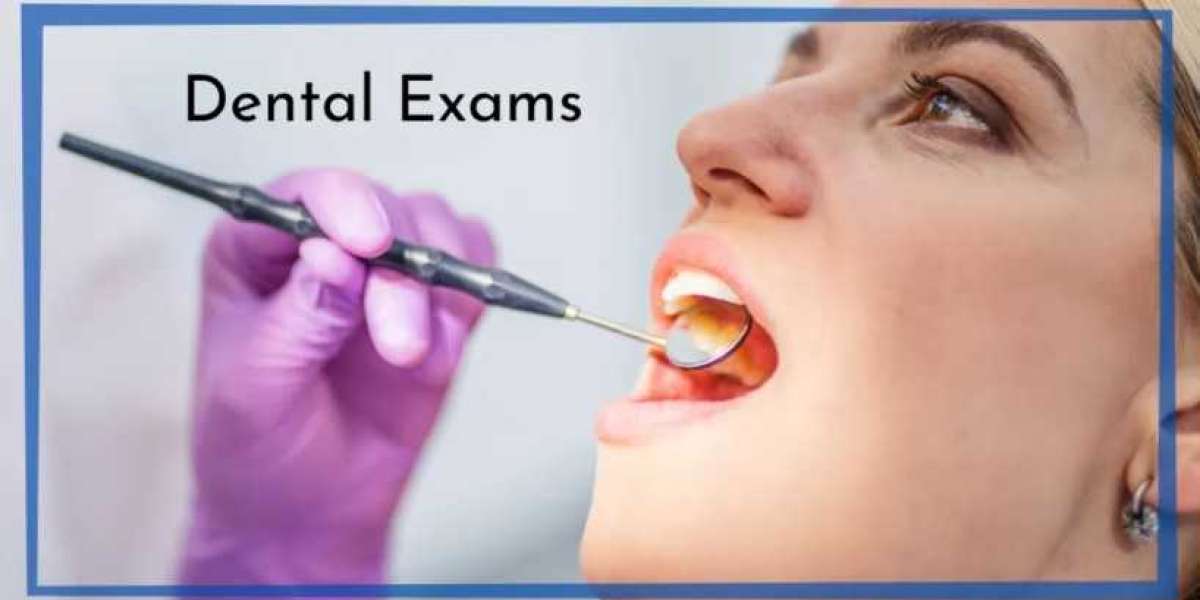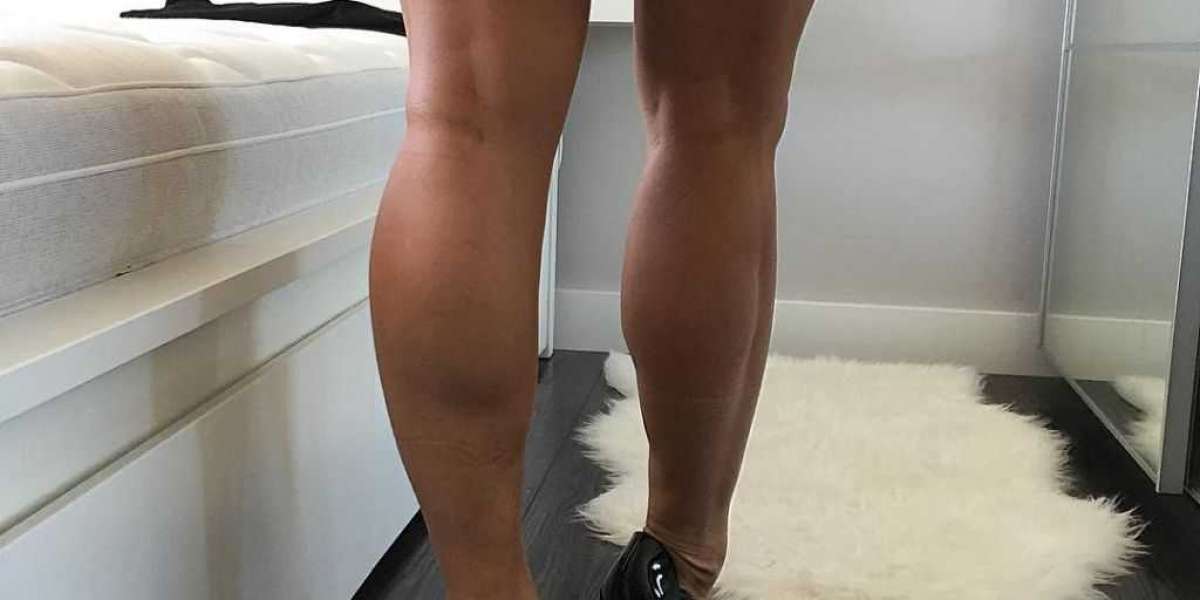Bite Corrector: A Comprehensive Guide to Correcting Bite Issues
Many people face issues with their bite alignment, which can lead to various dental and oral health problems. A bite corrector is a valuable tool that helps to address these issues, offering a non-invasive solution for many patients. Whether you're dealing with an overbite, underbite, or crossbite, the bite corrector can help realign your teeth and jaw, ensuring proper function and a more aesthetically pleasing smile.
What is a Bite Corrector?
A bite corrector is a dental device designed to fix misalignments in the teeth and jaw. It works by gradually adjusting the position of the teeth to correct the bite. Unlike traditional braces, which focus primarily on straightening the teeth, a bite corrector specifically targets the alignment of the jaw and how the upper and lower teeth come together.
There are different types of bite correctors, including removable and fixed options. Some are worn only at night, while others may need to be worn throughout the day. The specific type and duration of treatment will depend on the severity of the bite issue and the recommendation of a dental professional.
Common Bite Issues
Before we delve further into the role of a bite corrector, let’s look at some of the most common bite problems that people face:
- Overbite: This occurs when the upper front teeth overlap too much with the lower teeth. It can lead to issues such as excessive tooth wear, jaw pain, and even speech difficulties.
- Underbite: In an underbite, the lower teeth protrude past the upper teeth. This can cause chewing difficulties and may even lead to chronic jaw pain.
- Crossbite: A crossbite is when some upper teeth fit inside the lower teeth when the mouth is closed. It can cause uneven wear on the teeth, leading to tooth sensitivity and gum problems.
Each of these conditions can be addressed with the right bite corrector. It’s essential to consult with an orthodontist to determine the best treatment plan for your specific bite issue.
How Does a Bite Corrector Work?
A bite corrector functions by gradually moving the teeth and jaw into a more natural position. The device exerts constant, gentle pressure on the teeth, encouraging them to shift over time. This realignment process helps to correct the bite, making sure the upper and lower teeth fit together properly.
For some people, a bite corrector may be used in conjunction with other orthodontic treatments, such as braces or retainers. The combination of treatments helps to ensure that not only are the teeth straightened, but the bite is also corrected for optimal function.
Benefits of Using a Bite Corrector
There are several benefits to using a bite corrector, including:
- Improved Oral Health: When your bite is properly aligned, it reduces the risk of tooth decay, gum disease, and other oral health problems. Misaligned bites can cause uneven wear on the teeth, making them more susceptible to cavities and other issues.
- Reduced Jaw Pain: Bite misalignments can cause stress on the jaw muscles and joints, leading to pain and discomfort. A bite corrector can help alleviate this pain by promoting proper jaw alignment.
- Better Appearance: A well-aligned bite can enhance your overall appearance, giving you a more balanced and symmetrical smile.
- Improved Chewing and Speech: Proper bite alignment is essential for efficient chewing and clear speech. A bite corrector helps improve these functions by ensuring the teeth and jaw are in the correct position.
Types of Bite Correctors
There are several types of bite correctors available, each designed to address specific bite issues. Some of the most common types include:
- Herbst Appliance: This is a fixed appliance that is attached to the molars and helps move the lower jaw forward. It’s often used to correct overbites.
- Twin Block: This is a removable appliance that consists of two blocks, one for the upper teeth and one for the lower teeth. It helps to reposition the jaw and correct bite alignment.
- Clear Aligners: While primarily used for straightening teeth, clear aligners can also be used to correct minor bite issues. They are removable and virtually invisible, making them a popular choice for adults.
- Fixed Bite Jumpers: These are metal appliances attached to the upper and lower teeth to encourage proper jaw alignment. They are typically used for more severe bite issues.
Your orthodontist will recommend the best type of bite corrector based on your individual needs and the severity of your bite problem.
What to Expect During Treatment
Using a bite corrector is a gradual process, and results will not happen overnight. Depending on the severity of the bite issue, treatment can take anywhere from a few months to a few years. During this time, you will need to follow your orthodontist's instructions closely to ensure the best possible outcome.
You may experience some discomfort in the early stages of using a bite corrector, as your teeth and jaw begin to adjust to the new position. However, this discomfort is typically mild and can be managed with over-the-counter pain relievers.
It’s also essential to maintain good oral hygiene during treatment. Some bite correctors, especially fixed ones, can make it more challenging to clean your teeth. Be sure to brush and floss regularly, and consider using a water flosser to help keep your teeth and gums healthy.
Post-Treatment Care
Once your treatment with a bite corrector is complete, you may need to wear a retainer to help maintain the new position of your teeth and jaw. Your orthodontist will provide specific instructions on how long to wear the retainer and how to care for it.
It’s also important to schedule regular check-ups with your dentist to monitor your oral health and ensure that your bite remains properly aligned.
Conclusion
A bite corrector is an effective solution for individuals struggling with bite alignment issues. Whether you have an overbite, underbite, or crossbite, this device can help improve your oral health, reduce discomfort, and enhance the appearance of your smile. By working with an experienced orthodontist, you can determine the best type of bite corrector for your needs and enjoy the long-term benefits of a properly aligned bite.








